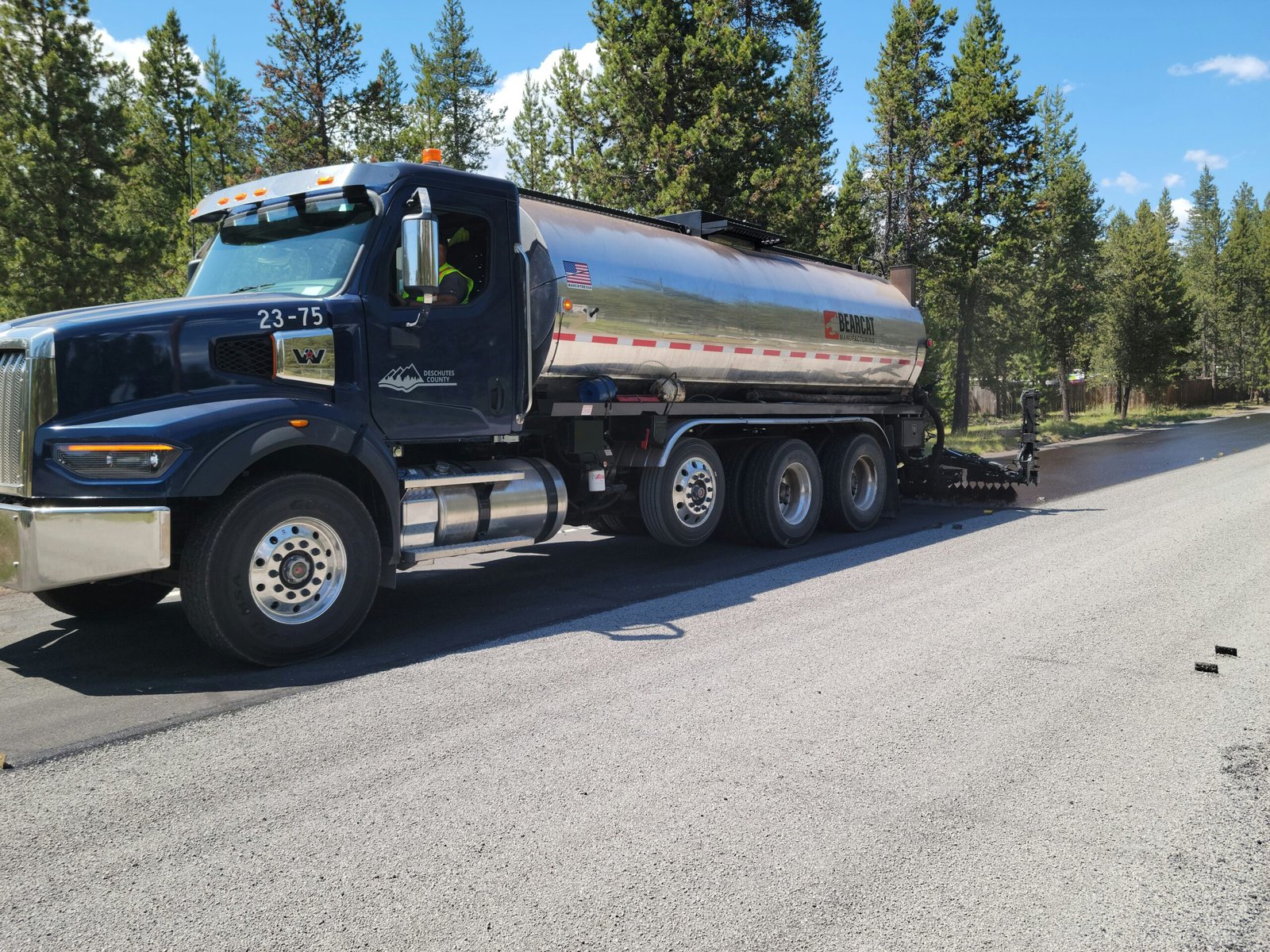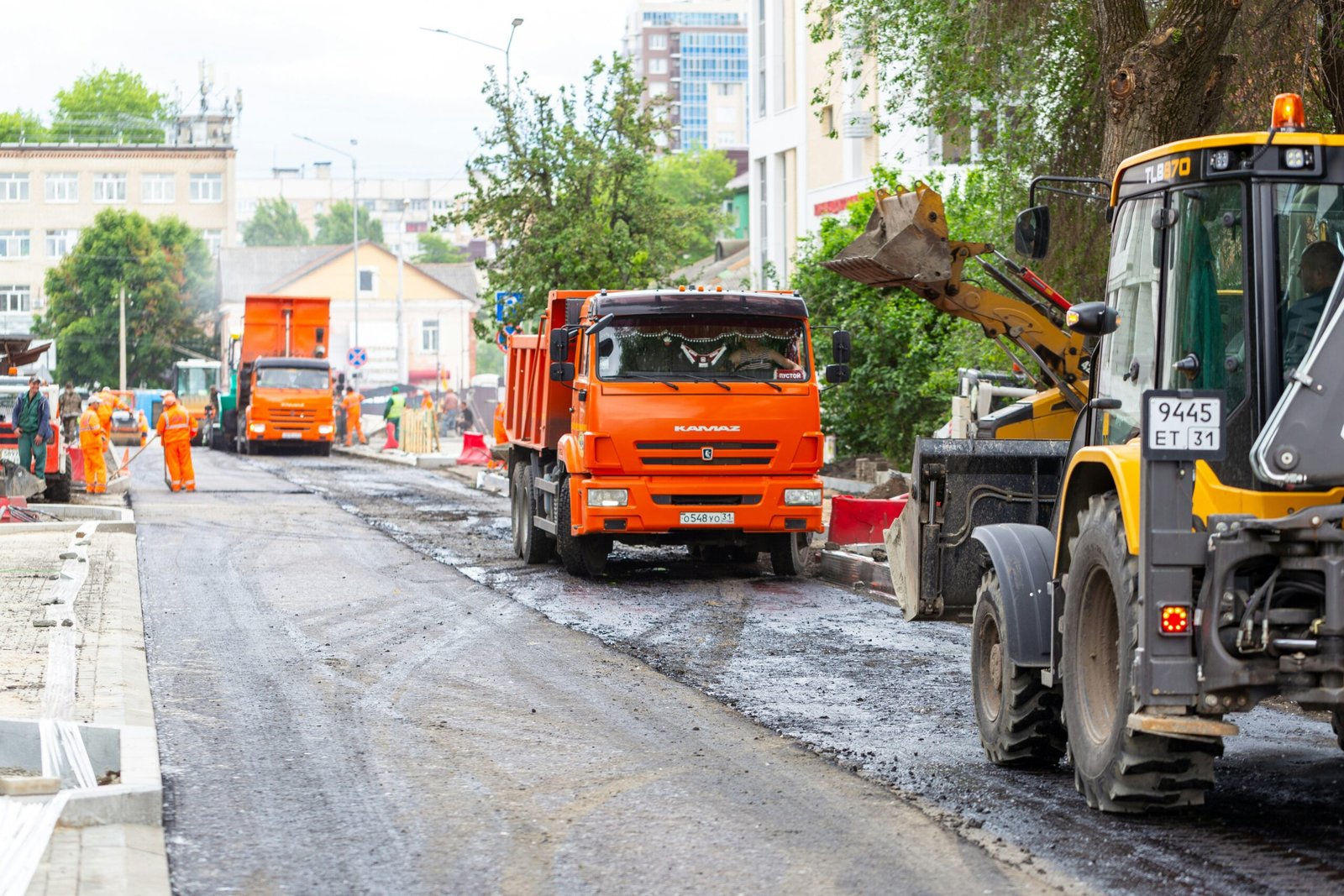
Introduction
Keeping roads in good condition is essential for ensuring safe and efficient transportation. Regular road maintenance helps to prevent accidents, reduce congestion, and prolong the lifespan of road infrastructure. However, waiting for issues to arise before taking action can be costly and disruptive. In this blog post, we will explore proactive strategies to stay ahead of road maintenance, allowing for more effective planning and budgeting.
One of the most effective proactive strategies for road maintenance is the implementation of a comprehensive inspection and monitoring system. This system involves regularly assessing the condition of roads and identifying potential issues before they become major problems. By conducting thorough inspections, transportation departments can identify areas that require immediate attention and prioritize maintenance efforts accordingly.
Advancements in technology have greatly improved the efficiency and accuracy of road inspections. For example, the use of drones equipped with high-resolution cameras and LiDAR sensors allows for detailed aerial surveys of road conditions. This technology can quickly identify cracks, potholes, and other signs of deterioration, even in hard-to-reach areas. Additionally, data collected from these inspections can be analyzed using advanced algorithms to predict future maintenance needs.
Another proactive strategy for road maintenance is the use of preventive measures to protect roads from damage. This includes applying sealants and protective coatings to preserve the integrity of the road surface, as well as installing drainage systems to prevent water from seeping into the pavement. By taking these proactive measures, transportation departments can significantly extend the lifespan of their road infrastructure and reduce the need for costly repairs.
Furthermore, proactive road maintenance involves regular cleaning and debris removal. Accumulated debris, such as leaves, dirt, and rocks, can block drainage systems and contribute to the deterioration of road surfaces. By implementing regular cleaning schedules, transportation departments can prevent these issues from occurring and maintain optimal road conditions.
Lastly, proactive road maintenance also requires effective planning and budgeting. By allocating sufficient resources to regular inspections, preventive measures, and cleaning efforts, transportation departments can stay ahead of road maintenance needs and avoid costly emergency repairs. Additionally, by using data-driven decision-making processes, transportation departments can prioritize maintenance projects based on the severity of issues and available funding.
In conclusion, proactive road maintenance is crucial for ensuring safe and efficient transportation. By implementing comprehensive inspection and monitoring systems, using preventive measures, conducting regular cleaning, and adopting effective planning and budgeting strategies, transportation departments can stay ahead of road maintenance needs and prolong the lifespan of their road infrastructure. In the following sections, we will delve deeper into each of these proactive strategies and explore real-world examples of their successful implementation.
4. Preservation of Infrastructure
Proactive road maintenance plays a crucial role in preserving the integrity of the infrastructure. Regular inspections and timely repairs help prevent small issues from developing into major structural problems. By addressing cracks, erosion, and other signs of deterioration early on, road authorities can protect the underlying layers of the road and prevent more extensive damage.
Furthermore, proactive maintenance helps to preserve the aesthetics of the road network. Regularly painting road markings, maintaining signage, and removing debris can contribute to a clean and visually appealing environment. This not only enhances the overall appearance of the roads but also promotes a positive image of the community.
5. Environmental Benefits
Implementing proactive road maintenance strategies can have positive environmental impacts. For example, by promptly repairing potholes and cracks, road authorities can prevent water from seeping into the road surface and causing further damage. This reduces the need for additional repairs and minimizes the amount of construction waste generated.
In addition, proactive maintenance can contribute to the overall sustainability of the transportation system. By optimizing road conditions and minimizing congestion, authorities can improve fuel efficiency and reduce emissions from vehicles. This not only benefits the environment but also helps to create a healthier and more livable community.
6. Public Perception and Satisfaction
Proactive road maintenance demonstrates a commitment to public safety and well-being. When roads are well-maintained and in good condition, it enhances the overall travel experience for motorists and other road users. This can lead to increased public satisfaction and positive perceptions of the local government or road authority.
By investing in proactive maintenance, road authorities can show that they prioritize the needs and concerns of the community. This can help build trust and confidence among residents, businesses, and visitors, ultimately contributing to a stronger sense of community and improved quality of life.
In conclusion, proactive road maintenance is essential for cost savings, enhanced safety, improved efficiency, preservation of infrastructure, environmental benefits, and public perception. By taking a proactive approach to road maintenance, authorities can ensure the longevity and reliability of the road network, benefiting both the community and the environment.
Proactive Road Maintenance Strategies
Now that we understand the importance of proactive road maintenance, let’s explore some effective strategies to stay ahead of maintenance needs:
1. Regular Inspections
Regular inspections are essential for identifying maintenance needs early on. Road authorities should establish a schedule for inspections and ensure that trained personnel conduct thorough assessments. Inspections should cover various aspects such as pavement condition, signage, road markings, and drainage systems. By identifying issues in their early stages, authorities can take prompt action to address them.
2. Data-Driven Decision Making
Data plays a crucial role in proactive road maintenance. By collecting and analyzing relevant data, road authorities can make informed decisions about maintenance priorities and resource allocation. Data sources may include traffic volume data, pavement condition surveys, and feedback from the public. Utilizing data-driven decision making allows authorities to prioritize maintenance needs based on objective criteria.
3. Preventative Maintenance Techniques
Preventative maintenance techniques involve applying treatments to roads before significant deterioration occurs. Examples of preventative maintenance techniques include crack sealing, seal coating, and surface treatments. These techniques help to protect the road surface from water infiltration, oxidation, and other forms of damage. By proactively applying these treatments, authorities can extend the lifespan of roads and reduce the need for more extensive repairs.
4. Long-Term Planning
Effective road maintenance requires long-term planning. Road authorities should develop comprehensive maintenance plans that outline the necessary actions and associated timelines. Long-term planning allows for better budgeting and resource allocation, ensuring that maintenance needs are addressed in a timely manner. It also helps to minimize the risk of reactive, unplanned repairs that can be costly and disruptive.
5. Collaboration and Partnerships
Collaboration and partnerships with other stakeholders can enhance proactive road maintenance efforts. Road authorities can work with engineering firms, contractors, and research institutions to develop innovative maintenance strategies and share best practices. Collaborative initiatives can also help in leveraging additional resources and expertise to address maintenance needs effectively.
In addition to these strategies, road authorities can also benefit from implementing advanced technologies in their maintenance practices. For example, the use of remote sensing technologies such as LiDAR and drones can provide accurate and detailed data on road conditions, allowing authorities to identify maintenance needs more efficiently. Similarly, the adoption of predictive analytics and machine learning algorithms can help authorities anticipate maintenance needs based on historical data and patterns.
Furthermore, road authorities can consider implementing asset management systems to track the condition and performance of road assets. These systems can provide real-time information on the status of roads and help authorities prioritize maintenance activities based on asset condition and criticality. By adopting these technological advancements, road authorities can improve the effectiveness and efficiency of their proactive maintenance efforts.
In conclusion, proactive road maintenance is crucial for ensuring the safety and longevity of road infrastructure. By implementing strategies such as regular inspections, data-driven decision making, preventative maintenance techniques, long-term planning, and collaboration with stakeholders, road authorities can stay ahead of maintenance needs and minimize the risk of reactive repairs. Additionally, the adoption of advanced technologies can further enhance the effectiveness of proactive maintenance practices. With these proactive strategies in place, road authorities can ensure that their road networks remain in optimal condition, benefiting both drivers and the overall transportation system.



